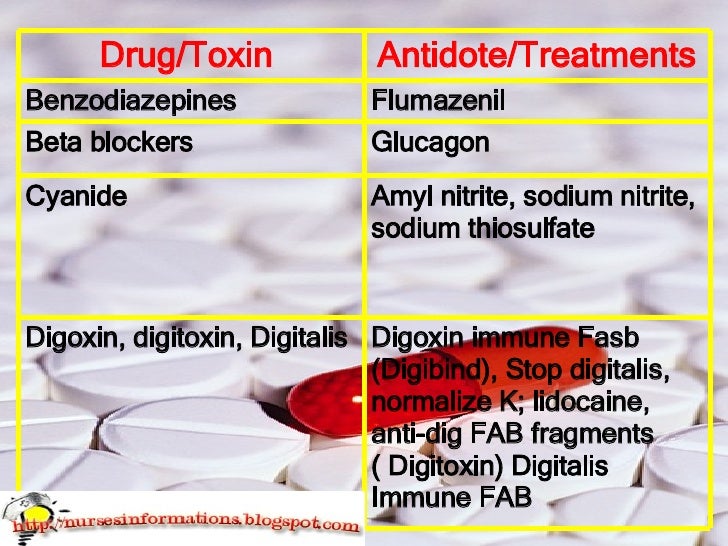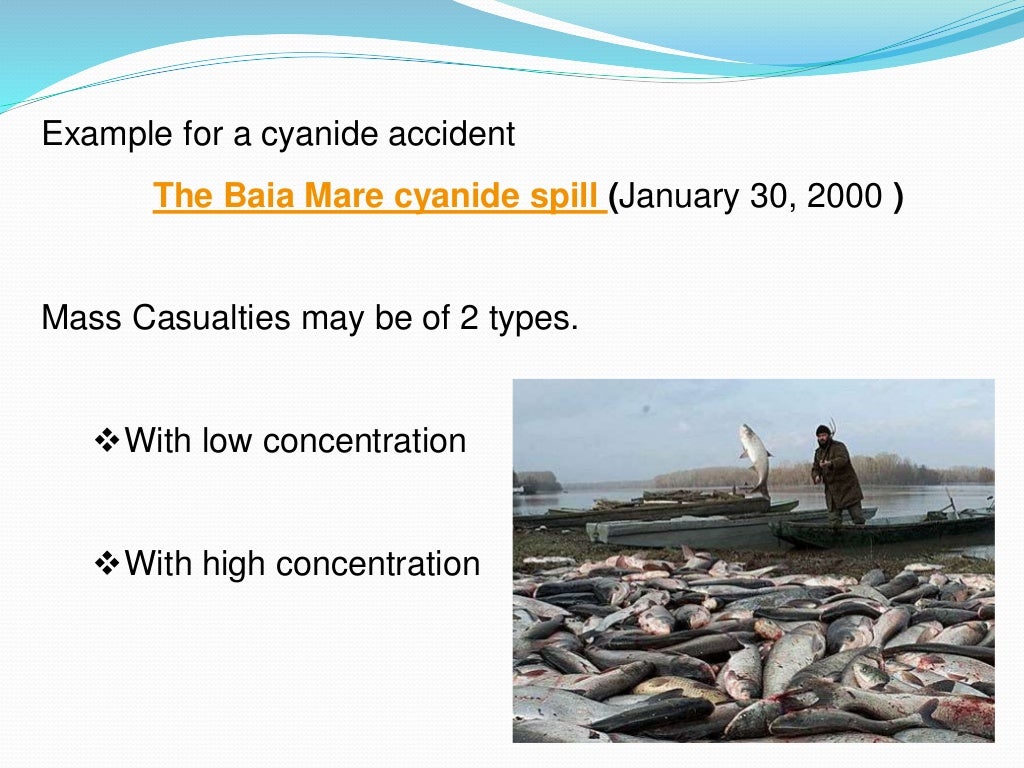


151(a), with a workplace that has a foreseeable risk of cyanide exposure, must consult with a physician or other licensed health care professional (PLHCP). Therefore, when there is a foreseeable risk of cyanide exposure, employers should communicate with their local EMS agency to plan for exposure controls, hazard recognition, training, and treatment availability.ĭue to the acute and lethal hazards presented by cyanide poisoning, an employer covered under OSHA’s standard, Medical Services and First Aid. EMS providers could assist with administration of antidotes or non-specific therapies. 4, 5 Most cyanide exposures will result in activation of emergency medical services (EMS). Depending on the scenario, victims might require cardiopulmonary resuscitation, supplemental 100% oxygen, decontamination, and other supportive care. In addition to specific antidotes, cyanide poisoning requires other therapeutic interventions. Employers should heed all aspects of the antidote’s “Indications and Usage” labeling. 2, 4, 5 Because all currently FDA-approved cyanide antidotes are IV infusions, they should only be given by healthcare professionals whose scope of practice includes administration of IV drugs. Ideally, cyanide antidotes should be given soon after exposure to unconscious victims with known or strongly suspected cyanide poisoning. 2 In light of the experts’ recommendation to use hydroxocobalamin, and the absence of amyl nitrite on the FDA list of approved cyanide antidotes, 3 amyl nitrite is no longer an acceptable antidote option.Įmployers that offer antidote therapy for cyanide poisoning should provide one of the FDA-approved products. 3 In 2018, an expert consensus panel determined that hydroxocobalamin is the preferred antidote, but sodium nitrite and sodium thiosulfate are also acceptable. Food and Drug Administration (FDA) stated, as of September 2018, that the only products approved for cyanide poisoning are the following: Cyanokit (hydroxocobalamin injection), Nithiodote (sodium nitrite and sodium thiosulfate for intravenous infusion), sodium nitrite injection, and sodium thiosulfate injection. The three available antidotes are given via intravenous (IV) infusion and, therefore, can only be administered by qualified healthcare professionals.Īntidote kits containing inhaled amyl nitrite are no longer commercially available.Currently, the available cyanide antidotes are hydroxocobalamin, sodium nitrite, and sodium thiosulfate.Amyl nitrite (which was given via inhalation) is no longer available in cyanide antidote kits in the U.S., and is no longer an acceptable initial therapeutic response.This memo provides the following updated information regarding cyanide antidotes: According to current literature, hydroxy cobalamine has had limited use as an alternative intravenous medication to the widely accepted sodium nitrite protocol.” 1 This memorandum serves as new guidance to address outdated information provided in OSHA’s archived memo dated May 17, 1988, from the Office of Occupational Medicine, and entitled “Cyanide Antidote Kits.” The prior memo stated in part, “ Amyl Nitrite continues to require a physician’s prescription and the administration of this drug in an emergency situation by the designated first aide responder is the medically accepted initial response. This has helped create a niche in the industry,which has spearheaded our rapid sales.STANDARD NUMBER: 1910.126(e) 1910.151 1910.151(a) 1910.1000ĭirectorate of Technical Support and Emergency Management have been created after extensive research, dedicated expert manpower, thorough and stringent clinical trials. Many of Troikaa’s products like Parenteral Emulsions (Propofol Etomidate injection), inhalation agents for anaesthesia (Isoflurane, Sevoflurane), Sublingual Tablets, etc.

B) Strong Portfolio of Difficult to Manufacture Products: It may affect our short-term profitability but it drives long-term growth.Our R&D innovations have helped steer us into global markets and made us a well-recognized company worldwide. This approach has helped us in creating path-breaking brands.Įach patentedbrand at Troikaa has stemmed from original innovations of which the lead time from concept to commercialization has been effectively maintained from 6 to 10 years. Our R&D Department is approved by the Department of Scientific & Industrial Research, Government of India and has an innovation-driven approach. A) Strong portfolio of Patented Innovations:


 0 kommentar(er)
0 kommentar(er)
